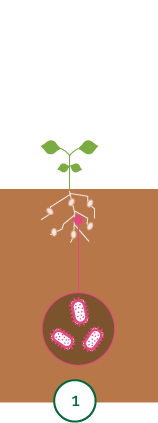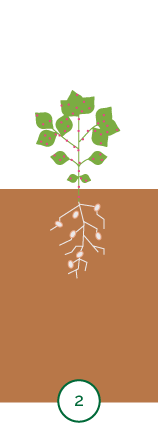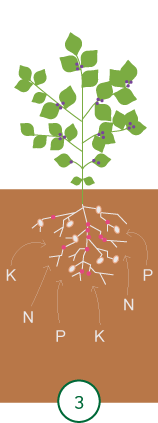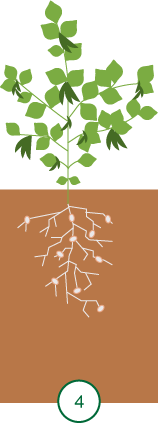
SOYBEAN & SUNFLOWER
Biological breakthroughs for stronger soybean crops and higher yields.
Naturally occurring microbes empower every plant to reach its full genetic potential.
NewLeaf Technology enables plants to draw in more nutrients and use them more efficiently, unlocking the path to stronger, more vigorous growth and resilience. Our microbial amendments live in true symbiosis with row crops, providing benefits throughout the growing season at zero energy cost to the plant.
Products with NewLeaf Technology harness the power of PPFMs, helpful bacteria found all over the world in interdependent relationships with plants. Our proprietary bioinformatic platform enables us to screen thousands of microbe strains and select unique combinations to provide specific outcomes for each crop we support. NewLeaf Technology biostimulants for soybean and sunflower improve nutrient uptake, support earlier and more vigorous root development, and help plants defend themselves against the growing threat of abiotic stress such as heat and drought.
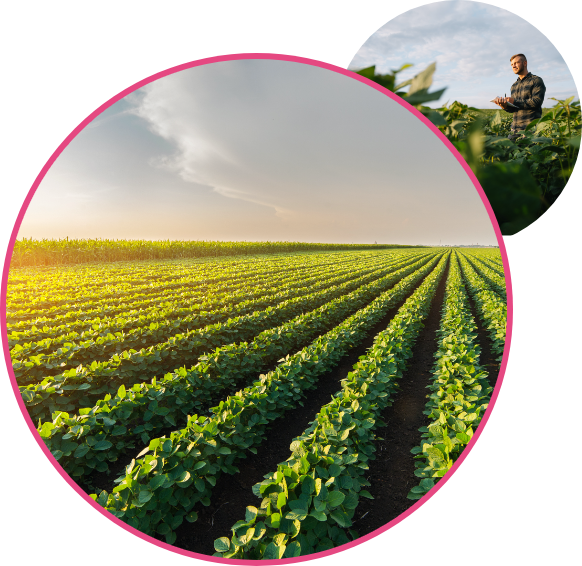

We’re working with nature to advance sustainable, high-yield agriculture.
Soybean products powered by NewLeaf Technology position plants to get the maximum benefit out of a complementary crop management program. Adding our naturally occurring bacteria can improve the effectiveness of fertilizer and other crop inputs.

How NewLeaf Technology for Soybean and Sunflower Works
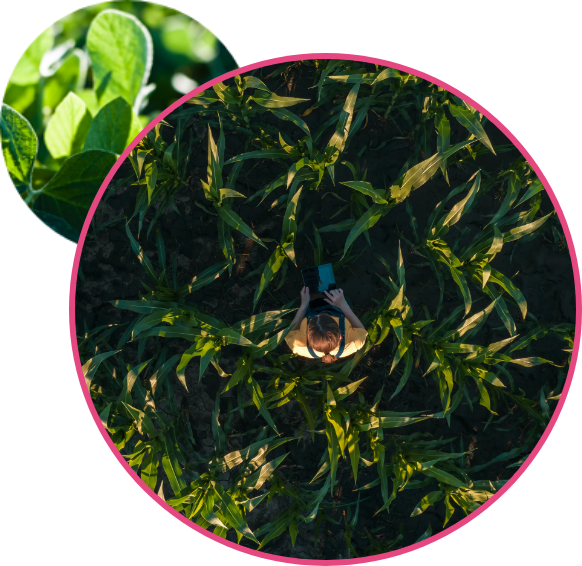
PPFMS’ PROVEN PERFORMANCE
In extensive field trials, NewLeaf Technology products for soybean have shown:
Average yield increase of 2 bushels per acre
75% win rate
+2.0% Bu/A advantage
+9.6% Total root area
+5.7% Rooting depth
+19.4% Leaf tissue iron concentrations (ppm)

Soybean and Sunflower Products Powered by NewLeaf Technology
Growers, talk to our distributors about choosing the product and application that’s right for you.
| Biostimulant* Products | PPFM Strain | Approved For Use On | Seed Lubricant | Application Type | Available From |
| BioWake™ for Soybeans | NewLeaf Technology 401 | Soybean | DUST™ (Soy Protein) planter lubricant | Planter Box | AMVAC |
| REVLINE™ HOPPER THROTTLE™ SOYBEAN Powered by NewLeaf Technology | NewLeaf Technology 401 | Soybean | Talc/Graphite Seed lubricant + additional microbes and micronutrients | Planter Box | Meristem |
| NewLeaf Technology 401 Seed Treatment | NewLeaf Technology 401 | Soybean Sunflower Peanut Pea Lentil | N/A | Seed Treatment | NewFields Ag |
| NewLeaf Technology 401+DUST™ | NewLeaf Technology 401 | Soybean Sunflower | DUST™ (Soy Protein) planter lubricant | Planter Box | NewFields Ag |
*Microbial Inoculant

“Around August, I called another farmer and said, ‘Hey, I’ve never seen soybeans filled to the top like this – just this stack full of pods.’ We went in the field, circled out a 30-acre spot, and could see a five to six bushel yield advantage on the NewLeaf Technology treated soybeans.”
– Tom F., Slater, IA
